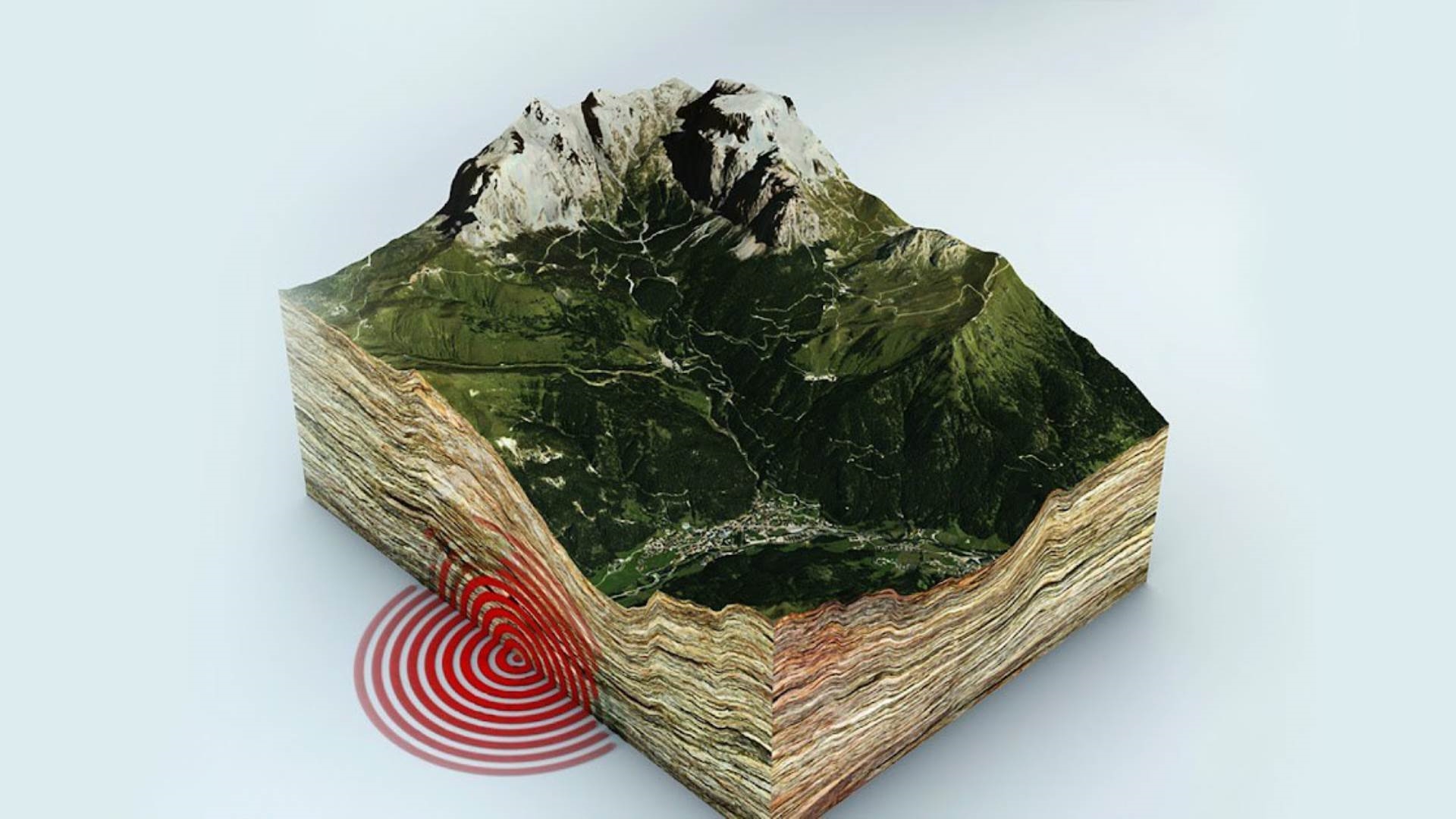Where Climate Change Can Lead Us?

It seems that climate change is getting worse day by day, its impact become more brutal, swallowing everything around.
After the recent earthquake that struck Turkey and Syria, on February 6, and killed dozens of people, there is renewed talk about the impact of the climate chang on earthquakes and the extent of their possibility of increasing depending on the continuation of the crisis.
So, how are earthquakes formed?
The Earth is made up of 4 main parts: the crust, the mantle, the outer core, and the inner core.
The earth's crust extends from the earth's surface to 8-32 km inside, with a temperature up to 870 degrees Celsius, and the earth's crust contains the earth's surface on which we live. From the mantle, the second part of the globe, so these plates are constantly moving, despite their large size.
The movements called tectonic processes of these plates’ causes the eruption of volcanoes, the formation of mountains, earthquakes and sudden fracture in the lithosphere, or the earth's crust due to gravity or chemical interactions within the molten mantle rocks.
Large cracks within the earth's crust result from the movement of tectonic plates, one of the tectonic distortions spread on the surface of the earth, and it is a level or gently curved fracture in the rocks of the earth's crust.
The length of the cracks ranges from a few centimeters to hundreds of kilometers, and the faults may be vertical, horizontal, or inclined at any angle, although the angle of inclination of a particular fault plane tends to be relatively uniform. However, it may vary greatly in length from one place to another.
The cracks are areas of weakness in the earth's crust; and when the Earth feels a kind of internal pressure as a result of boiling processes and intense interactions; these cracks are considered the outlet for the earth. Thus, volcanoes and earthquakes erupt through it.
What is the relationship between climate change and earthquakes?
The idea of climate change can result in severe natural disasters such as earthquakes, which drive their strength from the movement of tectonic plates, and these plates can be affected by what is happening on the surface. There is clear evidence on this after had happened in India when the rapid erosion of natural features caused the movement of tectonic plates over the past millions of years.
Climate change will not be limited to earthquakes only, because its disasters have increased fivefold over the past five decades, killing two million people and injuring 91% in developing countries which calls for global solidarity to solve this crisis that threatens our planet.













